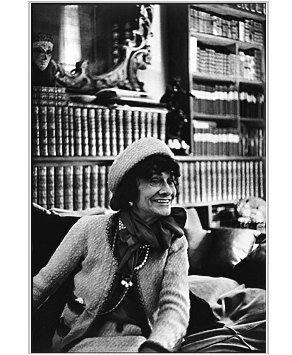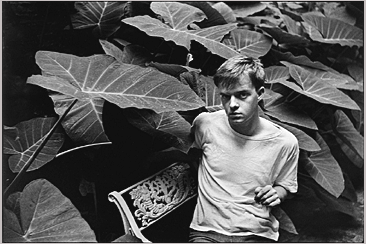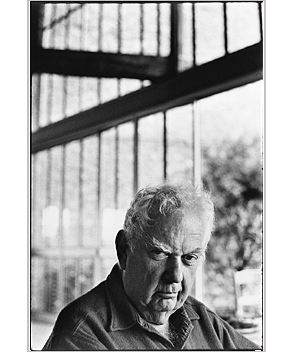 Henri Cartier-Bresson was an aspiring painter and student of literature when he first saw Martin Munkacsi's brilliant photographs of runners, swimmers, and race-car drivers, which appeared in the new illustrated magazines being published in Germany and France. Through Munkacsi's work, Cartier-Bresson recognized how the new small cameras made it possible to capture spontaneous motion while creating beautiful compositions within the rectangular shape of a single frame of 35 mm film. He was also deeply influenced by the contemporary movement known as surrealism, which encouraged artists and writers to explore the meaning that lay hidden below the surface of everyday life.
Henri Cartier-Bresson was an aspiring painter and student of literature when he first saw Martin Munkacsi's brilliant photographs of runners, swimmers, and race-car drivers, which appeared in the new illustrated magazines being published in Germany and France. Through Munkacsi's work, Cartier-Bresson recognized how the new small cameras made it possible to capture spontaneous motion while creating beautiful compositions within the rectangular shape of a single frame of 35 mm film. He was also deeply influenced by the contemporary movement known as surrealism, which encouraged artists and writers to explore the meaning that lay hidden below the surface of everyday life. Henri Cartier-Bresson is known for his ability to find these occasions and preserve them, using his camera to identify what has come to be called the "decisive moment."
In 1947, Lincoln Kirstein compared his method to "the preoccupied intensity of a fisherman playing to land a big catch or a boxer landing a knockout."
Henri Cartier-Bresson chose his portraits from many thousands of negatives made over six decades. The earliest images date from his travels to Mexico in 1934, and the most recent, a portrait of the British painter Lucien Freud, was made in 1997.
As both artist and journalist, Cartier-Bresson met and photographed the world's leading artists, writers, and politicians. Many familiar faces appear in his printed works, alongside compelling portraits of anonymous men and women he encountered along the way. Cartier-Bresson photographed them all with the same endless curiosity, the same uncompromising eye. His portraits comprise an unrivaled record of our time, the way we look, the people we admire, and the secrets we try to keep_until he gently seizes them with his camera and turns them into art.
Opinion
The act of making such photographs relies partly on intuition and partly on chance, but it also grows out of enormous discipline. For despite the spontaneous nature of his subjects, Henri Cartier-Bresson never abandoned his formal training as an artist. Each image is a complete composition within a single frame of film, and it cannot be cropped or altered without destroying the whole. This whole image can take many different forms, however. It is not unusual for one image to appear on the pages of a magazine, in a book, or enlarged and framed on a museum wall.
Cartier-Bresson is not alone when he calls portraiture "the one domain which photography has won away from painting." In the hands of Cartier-Bresson, a photographic portrait seems transparent, as if no photographer has intervened between the subject and the viewer. We feel that we know them, because Cartier-Bresson captures what seems to be the essence of their being, the way they look when they are most themselves. These images convey a palpable physical relationship between the viewer and the subject. To see through Cartier-Bresson's eyes, to stand in his shoes, we find ourselves poised on the threshold of a new discovery.



No comments:
Post a Comment